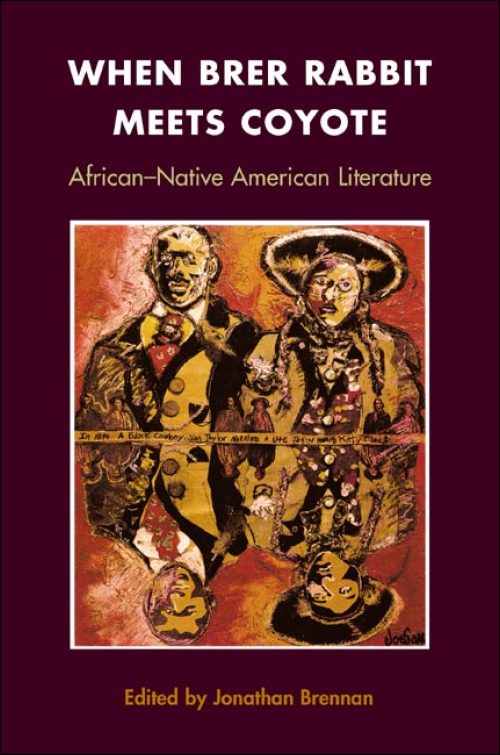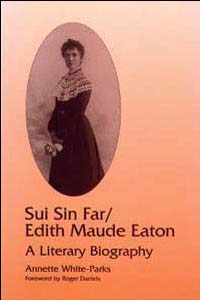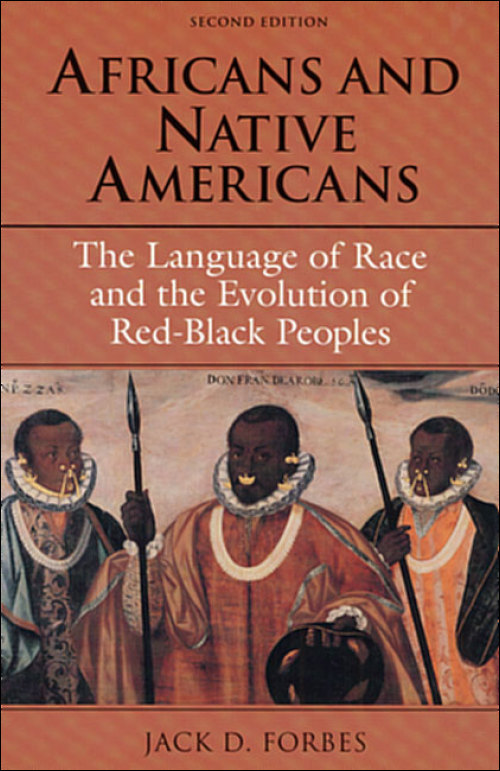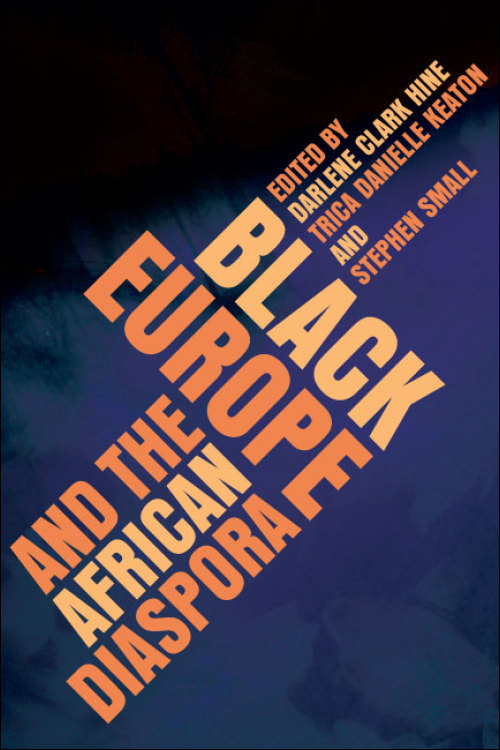When Brer Rabbit Meets Coyote: African-Native American LiteraturePosted in Anthologies, Anthropology, Books, History, Literary/Artistic Criticism, Media Archive, Native Americans/First Nation, United States on 2012-05-18 00:15Z by Steven |
When Brer Rabbit Meets Coyote: African-Native American Literature
University of Illinois Press
2003
328 pages
6 x 9 in.
Cloth ISBN: 978-0-252-02819-9
Edited by:
Jonathan Brennan, Professor of English
Mission College, Santa Clara, California
An exploration of the literature, history, and culture of people of mixed African-Native American descent
An exploration of the literature, history, and culture of people of mixed African American and Native American descent, When Brer Rabbit Meets Coyote is the first book to theorize an African-Native American literary tradition. In examining this overlooked tradition, the book prompts a reconsideration of interracial relations in American history and literature.
Jonathan Brennan, in a sweeping historical and analytical introduction to this collection of essays, surveys several centuries of literature in the context of the historical and cultural exchange and development of distinct African-Native American traditions. Positing a new African-Native American literary theory, he illuminates the roles subjectivity, situational identities, and strategic discourse play in defining African-Native American literatures.
Brennan provides a thorough background to the literary tradition and a valuable overview to topics discussed in the essays. He examines African-Native American political and historical texts, travel narratives, and the Mardi Gras Indian tradition, suggesting that this evolving oral tradition parallels the development of numerous Black Indian literary traditions in the United States and Latin America.
The diverse essays cover a range of literatures from African-Native American mythology among the Seminoles and mixed folktales among the Cherokee to autobiography, fiction, poetry, and captivity narratives. Contributors discuss, among other topics, the Brer Rabbit tales, shifting identities in African-Native American communities, the “creolization” of African American and Native American mythologies and religions, and Mardi Gras Indian performance. Also considered are Alice Walker’s development of an African-Native American identity in her fiction and essays and African-Native American subjectivity in the works of Toni Morrison and Sherman Alexie.






